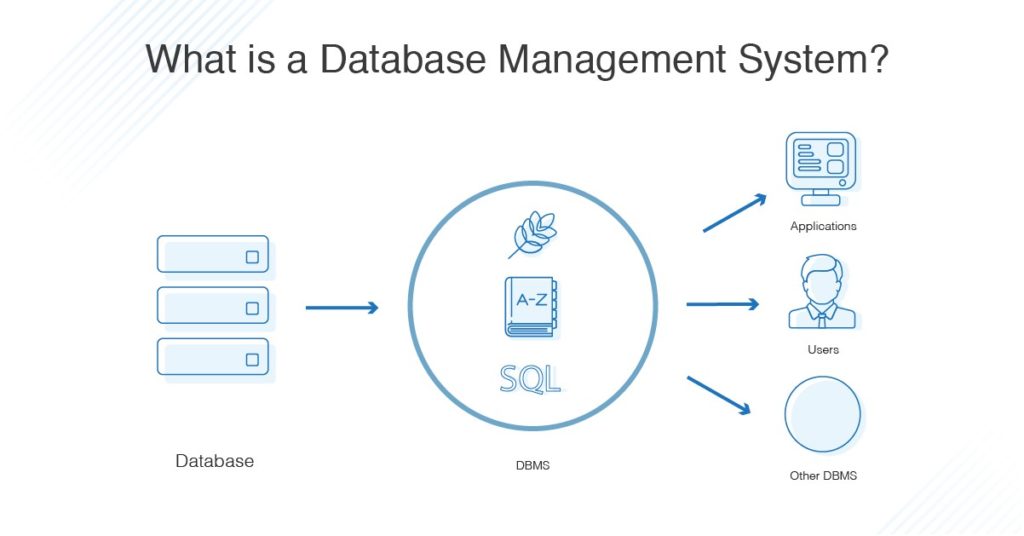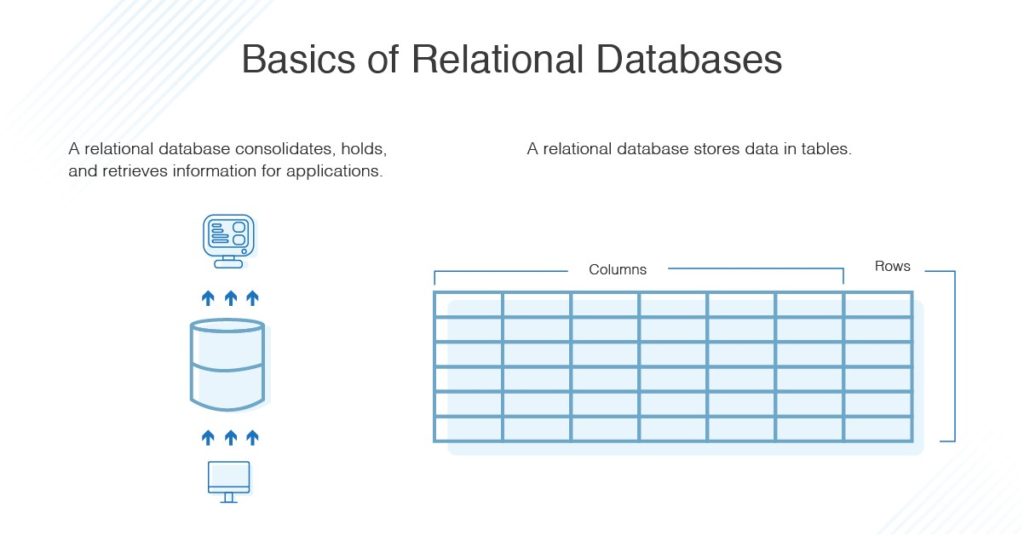How to Do Performance Tuning in Oracle
Oracle performance optimization is critical in ensuring quick application operation and data retrieval. The following information can help you enhance database performance.
The challenge of improving database performance is one that all database administrators (DBAs) are familiar with. DBAs must shorten query response times to speed up application operation, which necessitates that they have a firm grasp on the structure and function of their database. DBAs must comprehend not just the database itself but also the specific computer language used to access the database and retrieve, alter, or delete data.
What Is Oracle Performance Tuning?
Are you specifically interested in Oracle performance tuning? Oracle uses SQL as a relational database management system (RDBMS) to facilitate communication between applications and the database. The process of performance tuning involves simplifying the execution of SQL statements to improve Oracle performance. To speed up query response times and application processes, performance tuning, in other words, makes it easier to access and modify the data stored by the database.

To further clarify this, let’s examine the many elements involved in a database management system, starting with the database itself. Oracle employs the relational database model, as was already explained.
What Is a Relational Database?

- An information system is a relational database. In other words, it’s a computerized system for storing and using data.
- The purpose of a relational database is to store, organize, and retrieve data as needed by applications. Those applications will subsequently utilize the data. For instance, a business might use a database to hold clients’ data. A segmentation software may scan the database for the email addresses of customers who have just purchased to target a specific customer segment with an email blast.
- Tables are used in relational databases to hold data. The rows are particular entries, and the columns are “fields” that include various qualities. These tables are referred to as “relations,” and they are set up similarly to a spreadsheet. Rows 1 through 27 of a client base information table may each represent a unique customer record, and each column could mean a piece of personal information (name, email address, date of last purchase, etc.). It may say “John,” “John@email.com,” “1/1/2019,” etc., in row 1.
The management system’s framework is this database model. The management system’s software is used to build relational databases, organize them, and control how they work with applications that access their data. The distinguishing characteristics of a database management system (DBMS), according to Oracle, are:
- The kernel code allocates the system’s memory and storage, which also determines settings.
- A collection of metadata is called a data dictionary. This repository provides a read-only overview of the database’s data, displaying tables and views and citation details about the database and its users.
- Applications can access database information by using a specific query language.
Oracle’s database language is SQL, as was already mentioned. The ability to enter, modify, retrieve, and delete data from a database makes SQL unique. Additionally, it allows administrators to design their views and features and grant and revoke access. SQL statements inform the DBMS of what needs to be done but do not specify how to do it because SQL is a nonprocedural language. The DBMS software selects the optimal course of action for executing a statement by evaluating the available possibilities. Users can embed SQL within other host languages in addition to the fact that it is a simple language to learn.
How Does Oracle Database Performance Tuning Work?
It can improve an RDBMS’s performance by considering its many components. Network users frequently report app delays and slow page loads, but administrators cannot identify the cause of database bottlenecks, leaving DBAs with a challenging task. Is the optimizer the problem? The way query statements are coded? A challenge with the device itself?
Performance-tuning managers must consider all of an RDBMS’s components when determining the source of database operation lags. Performance tweaking can take a lot of effort, and it can be unclear where to start. An extensive performance optimization procedure has a systems-level perspective and considers all RDBMS components.
As many database professionals point out, if the administrator hasn’t initially performed system-level tuning on the server, instance(s), and objects, adjusting SQL statements one at a time will have little impact. Before tweaking specific SQL statements, I advise evaluating input and output (I/O) metrics, optimizer parameters and statistics, and instance settings. If not, the optimizer may eventually undo any careful SQL tuning by choosing an execution protocol that doesn’t align with the intended execution plans.
10 Steps for Effective Oracle Performance Tuning
After performing a systems-level audit, DBAs can move on to SQL query optimization. In general, SQL tuning aims to reduce the amount of “database touches”—the processes that a query requires—to save time and wait. Although this list of minor SQL quirks and best practices is by no means exhaustive or universally applicable, I have discovered that the following principles serve as valuable pointers in the majority of circumstances.
Here are my top ten suggestions for optimizing SQL query performance:
1. To properly distribute your tuning efforts, start by identifying the most expensive queries. Although it may seem like it never ends, the truth is that adjusting SQL query performance is a continuous effort. There is always potential for improvement, more code needs to be optimized, and maintenance and monitoring need to be carried out. It’s crucial to isolate the high-impact SQL statements that are used frequently and call for a lot of databases and I/O activity. Targeting these statements will maximize the tuning work relative to performance improvements because they provide the most significant returns on database performance improvement.
2. Always try to scan as little data as possible during an operation. Full-table scans, which require substantially more I/O and can negatively affect performance by slowing down processes and conducting needless broad searches, are triggered by many query statements that are sent to the database. To make data retrieval easier:
- If you need to access fewer than 5% of a table’s data, add indexes unless the table is relatively small (which are more expediently searched in full whether or not you need much data).
- If data retrieval is your only goal, avoid using the symbol * in your SELECT statement queries, as it will load the system.
- To limit the size of the data set, utilize filters in WHERE clauses. In contrast, only choose the columns you require for the query in a column-oriented system.
- Edit query statements to remove any extraneous tables. Sometimes programmers forget to eliminate JOINS that don’t help the query.
- Even while this could seem harmless during testing, JOINS to tables that don’t contribute to the obtained data might significantly lengthen processing time once the system is implemented.
- In subqueries, use EXISTS. It tells Oracle that it can end the search when it finds the match rather than automatically finishing a full-table scan.
3. Tables that experience more INSERT or UPDATE operations shouldn’t use indexes because they can impede data input. Similarly, if you’re aiming for batch updates or insertions, you might think about reducing your indexes. In this situation, it may be preferable to recreate the indexes after a single batch event or avoid creating indexes on tables that often experience batch data loads.
4. Avoid combining different data types and converting numbers to characters. Performance may suffer, and operations may be slowed by their comparison.
5. In some circumstances, creating a new field could be simpler than performing a computation on a JOIN or WHERE clause. In this case, the statement would SELECT the calculated value from the new area instead of calculating it. Of course, to do this, the person tuning the code would need authority to change the datasets, but a DBA or other IT administrator shouldn’t have any trouble doing this.
6. Align your SQL statements and datasets more generally. Go over the SQL syntax to make sure your statements are structured in a fashion that matches the data structure and permits simple access.
7. Put procedures in place of individual statements to establish a routine. A system is a group of words that reduces the cost of running a frequent query. This query might be responsible for a sizable portion of database activity, for instance, if you use an app that mandates that you fetch data once weekly. Because database engines don’t optimize processes, you may use one to confirm that the query dashes following your execution strategy.
8. Use global temporary tables (GTT) to streamline the complexity of summarizing queries. Database speed has been found to considerably increase when work-intensive subqueries are divided up into smaller chunks using GTT.
9. Use cues. Oracle offers a set of tips online for the benefit of DBAs and application designers. The database describes the goal as giving administrators and developers the ability to “change execution plans” and “force various approaches.” As a result, designers can override the optimizer in specific situations where they have a better understanding of the data than the optimizer does. They can ensure their execution plan is followed in these circumstances rather than being overridden by the optimizer, which might select a data access strategy that does not optimize speed and performance.
10. Make tuning a routine, and lastly. Performance tuning in SQL requires routine maintenance to prevent database performance degradation over time as both datasets and RDBMS software evolve, even though you don’t want to allocate redundant effort to tweaking the same queries over. In light of this, commit routine database normalization and defragmentation.
About Enteros
Enteros offers a patented database performance management SaaS platform. It proactively identifies root causes of complex business-impacting database scalability and performance issues across a growing number of clouds, RDBMS, NoSQL, and machine learning database platforms.
The views expressed on this blog are those of the author and do not necessarily reflect the opinions of Enteros Inc. This blog may contain links to the content of third-party sites. By providing such links, Enteros Inc. does not adopt, guarantee, approve, or endorse the information, views, or products available on such sites.
Are you interested in writing for Enteros’ Blog? Please send us a pitch!
RELATED POSTS
Maximizing IT Sector Efficiency: How Enteros Enhances Database Optimization, Cloud FinOps, and RevOps Alignment
- 10 April 2025
- Database Performance Management
In the fast-evolving world of finance, where banking and insurance sectors rely on massive data streams for real-time decisions, efficient anomaly man…
Optimizing RevOps and AIOps in the Manufacturing Sector with Enteros Database Performance Platform
In the fast-evolving world of finance, where banking and insurance sectors rely on massive data streams for real-time decisions, efficient anomaly man…
Enhancing Database Performance on Azure Cloud for the Fashion Industry with Enteros
- 9 April 2025
- Database Performance Management
In the fast-evolving world of finance, where banking and insurance sectors rely on massive data streams for real-time decisions, efficient anomaly man…
Enhancing DevOps Efficiency in the E-commerce Sector with Enteros Observability Platform
In the fast-evolving world of finance, where banking and insurance sectors rely on massive data streams for real-time decisions, efficient anomaly man…